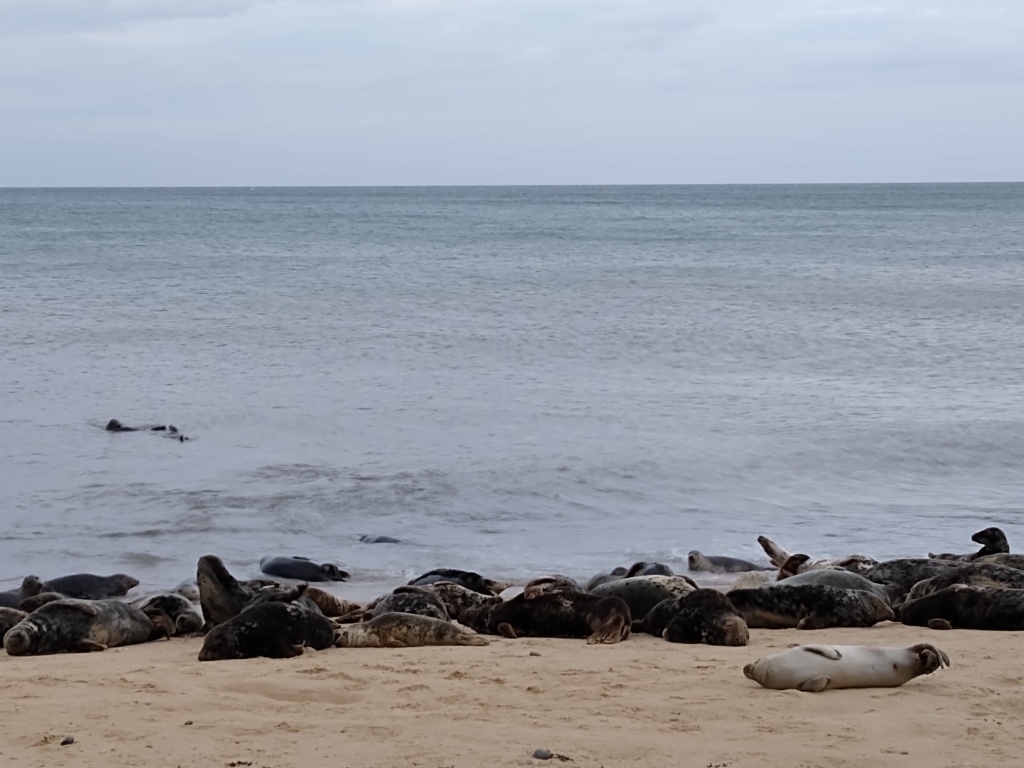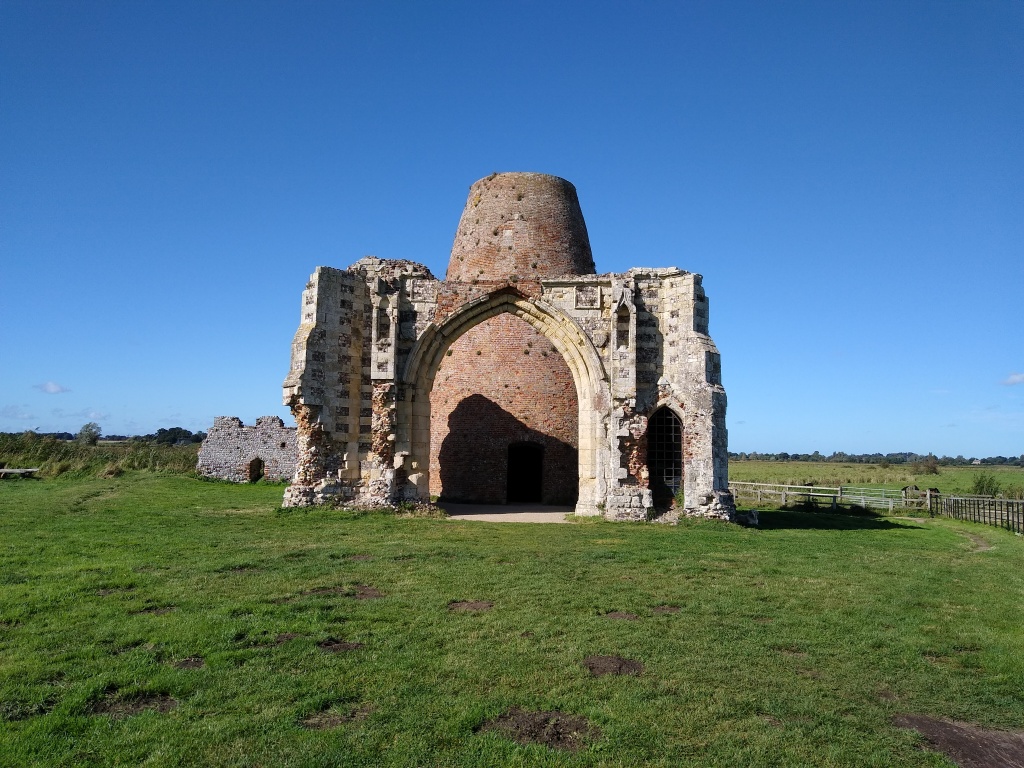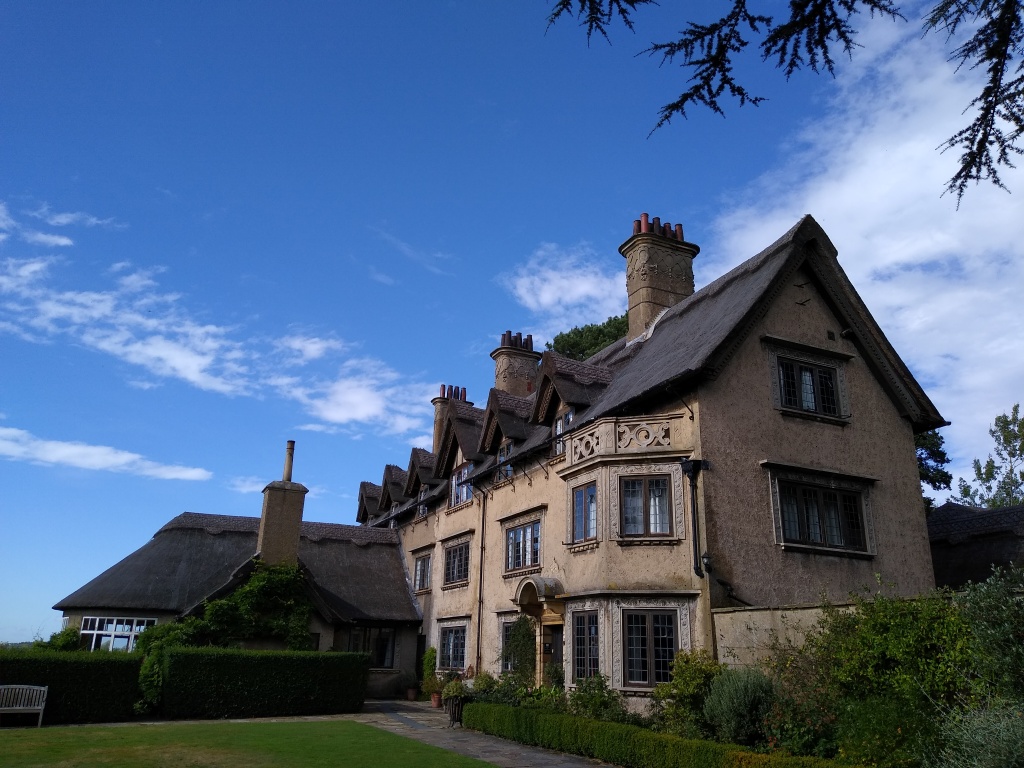
I had come to Norfolk for two reasons: to look at potential holiday home investments, and to enjoy myself. Norfolk is blessed with the Norfolk Broads – a large area which in medieval times was dug for peat, the resultant hollows in the land subsequently becoming flooded to create a landscape of rivers and lakes (the Broads).
Because this is such an aquatic area, perhaps the best way to see it is by boat along the many, many navigable channels. I, foolishly, thought that, because the area is notoriously flat, it would be a good idea to see it by bicycle. This was a mistake.
Hickling, Horsey, and Sea Palling
The train to Norwich, and then to the Norfolk town of Acle, took 2.5 hours. In the UK you have to book ahead to get a place on the train for your bike, which proved a fairly smooth process. Once in Acle I began the pedal into the countryside, and it was then that I realised this may have been a mistake
Despite being known as a cycling destination, the Norfolk Broads are severely lacking in cycling infrastructure. My routes often took me along dangerously fast A roads, as well as B roads full of traffic. I was glad to make it to the little village of Martham, and then on to Hickling Broad
It was a relief to get to Hickling. Here was a view I associated with the Broads: an old windmill by a watercourse full of boats. It was peaceful here and I was tempted a little way along a path beside the waterway. But I had another sight to see today.
The UK is a severely nature depleted country. It’s therefore a rare pleasure to come across the sort of scene that greeted me at Horsey Beach. Only in the Galapagos have I seen this many seals in one place. They were flopped in a large group on the sandy beach (which would be a lovely place to be in warmer weather), or splashing around playfully in the sea.
Miles along that same beach is the village of Sea Palling. There isn’t much human habitation in this area and so the beach – and dunes behind – feel particularly wild. Sea Palling provided a shop, a few eateries, and a sea rescue centre…everything the visitor could need.
Thurne, Potters Heigham, Ludham and Coltishall
After a long cycle through a heavy rain storm to see a house we didn’t get, we cycled a long way back to where we had originally intended to go – Thurne, which is a very small village at the end of a Broad. It has a cute pub, but not much else going for it. Onwards to Potters Heigham, which felt as though it were the main centre of the Broads.
The bridge at Potters Heigham is believed to date back to 1385. Its aesthetic is somewhat ruined by the traffic lights which are necessary to control the flow of traffic (traffic which doesn’t fit on the adjacent more modern bridge that carries a noisy A road). This strange little hamlet has a large marina and dozens of boatyard buildings. Little shacks stretch either side of the river, the occupants of the furthest must walk 20 minutes from the car park. A factory-like tearoom serves dry scones and meager cream portions. Onwards!
Along a thankfully quieter road I cycled on to Ludham. This is a village that has everything; a marina, a butcher, a good local shop, and (most importantly) a pub. There are many sights to see around Ludham, including How Hill, where you’ll find a formal garden, well-preserved mills, a millkeeper’s cottage, and wildlife trails. Also close to Ludham are the ruins of St Benet’s Abbey, which had the rare honour of being spared by Cromwell. It was once a massive and impressive place, but now just the gatehouse survives, and even that has in years past had a mill built into it.
Unfortunately we didn’t have much time to explore Coltishall. The one thing I can say about this village is that it’s surrounded by roads that are actually quiet and pleasant to cycle along. Oh, and it has a great pub called The Recruiting Sergeant which serves excellent food.
Wroxham, Stokesby and Reedham

Although Potters Heigham is busy with boats, Wroxham is considered the actual centre of the Norfolk Broads. Here there are dozens of boat yards, and lots of different types of boats to hire for hours or days. I opted to hire a canoe for a couple of hours, to see what all this river fuss was about. Several minutes after leaving the dock I was in a wonderland of tree-fringed river. So THIS is what it’s all about.
The watercourse somehow reminded me of the Amazon, perhaps because the trees at the water’s edge dipped their branches into the river. I paddled into a gap through the trees and into a broad. On this large lake were sailing yachts and people fishing. I wondered what type of fish there were in those murky depths – here the water was fresh, but at some point the river turned salty where it met the sea.
My final stop in the Broads was Stokesby, which really is off the beaten path. Unfortunately I only saw the place at night, but its delightful pub sits right on a river and I imagine it’s a wonderful place to be in the summer. The same can be said of Reedham, which I did manage to see during daylight. This village has a waterfront with pubs and cafes, a swing bridge to let through large boats, and a ferry further upriver.
Norwich
Before returning to London I spent a night in Norwich. The cathedral here is almost one thousand years old, and has the second-largest spire in the UK. Norwich also has a castle (closed when I tried to visit), as well as many charming pedestrianised streets.
A river runs through this city and the waterfront varies from modern malls, to tree-lined footpaths. All around town are plaques informing visitors about historic events which took place in the city. I liked it, but one day felt about right to see the place.

🏨
I stayed at, and can recommend, the Dairy Barns in Hickling, the Recruiting Sergeant in Coltishall, and the Barn Apartment in Stokesby. I also stayed in the Nelson Premier Inn in Norwich, which I absolutely do not recommend.
🚅
Take a Greater Anglie direct from London Liverpool Street to Norwich, and then you have a choice of destinations in and around the Broads, including Acle, Reedham, and Hoveton & Wroxham.







